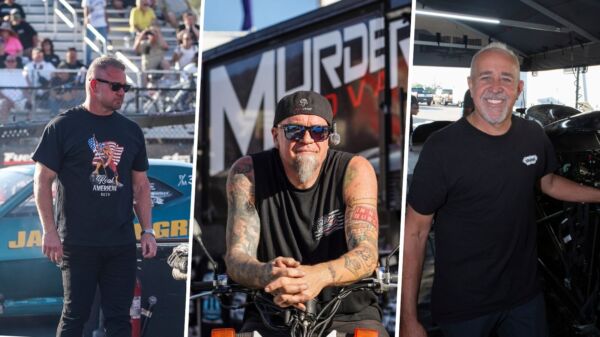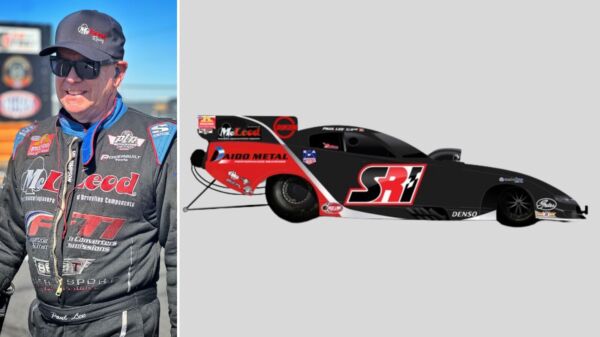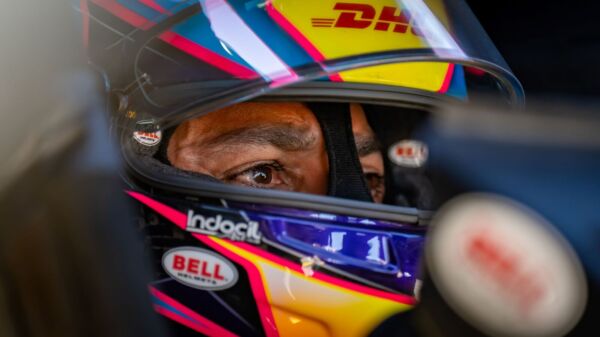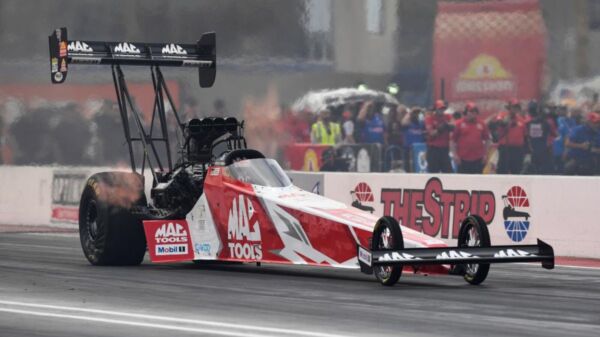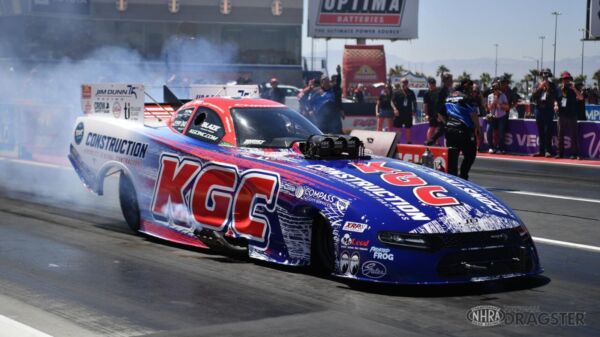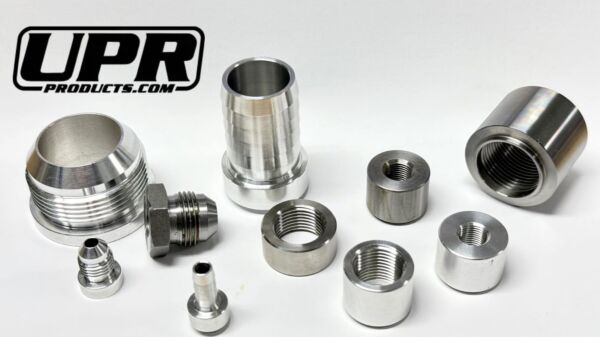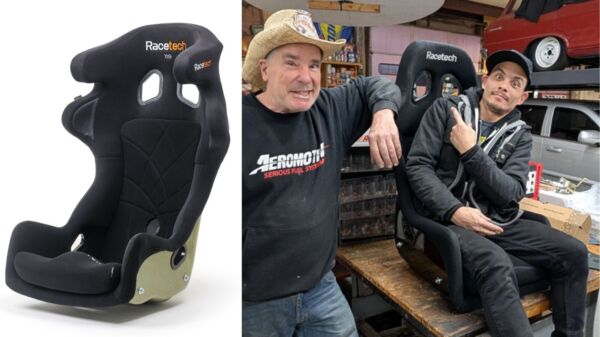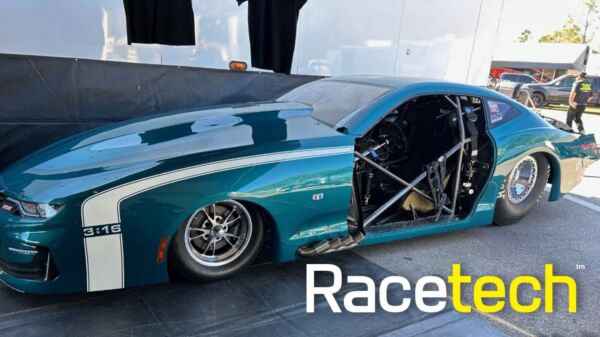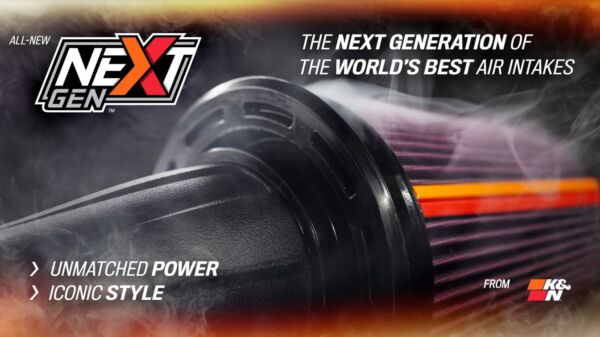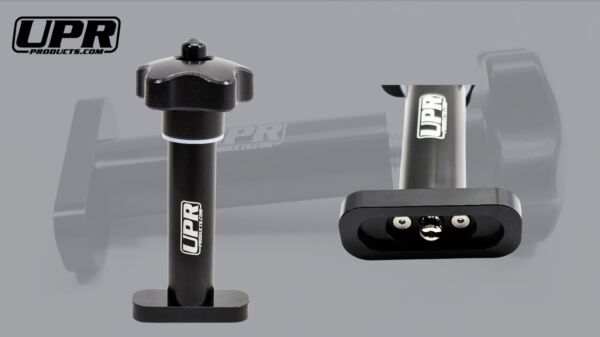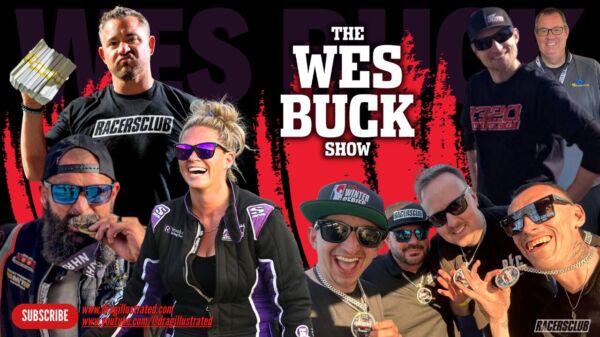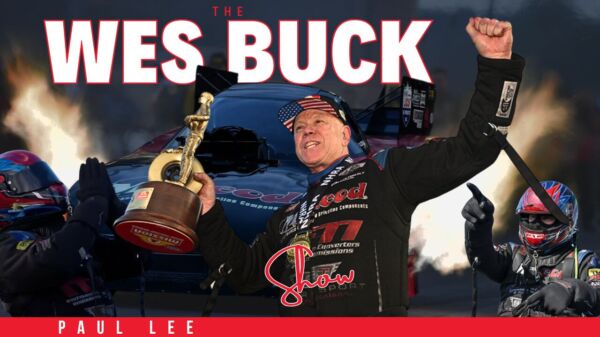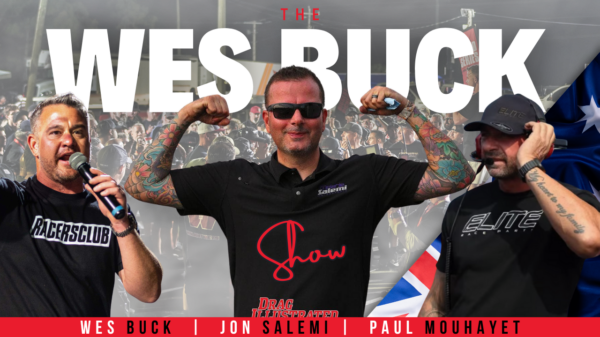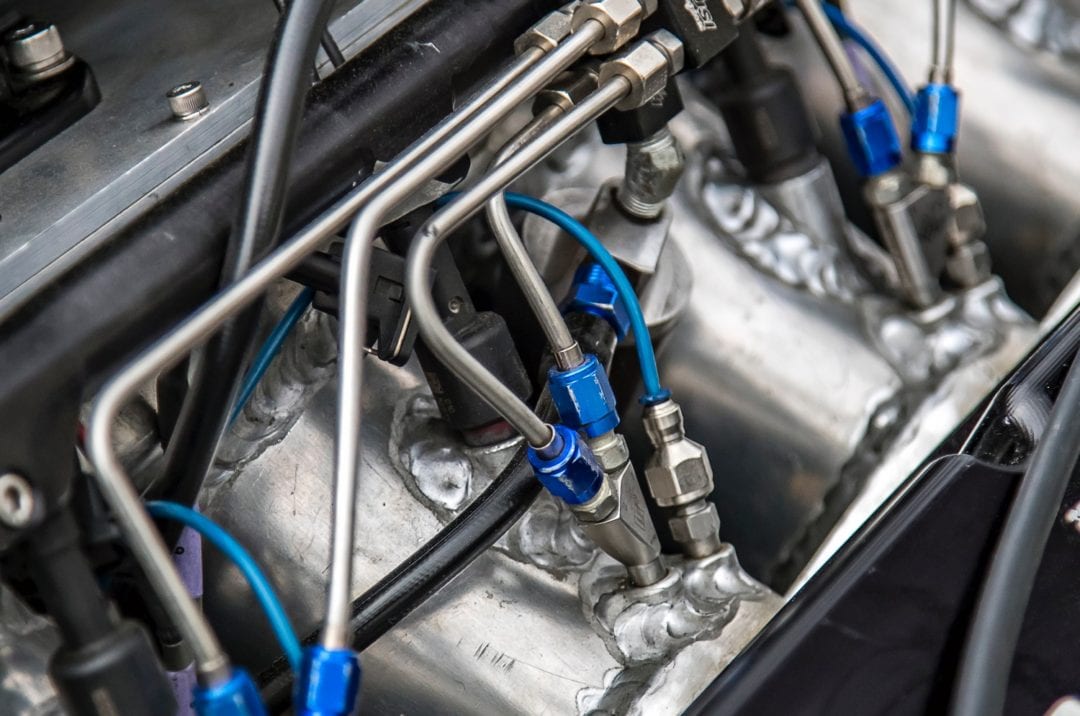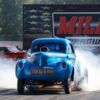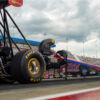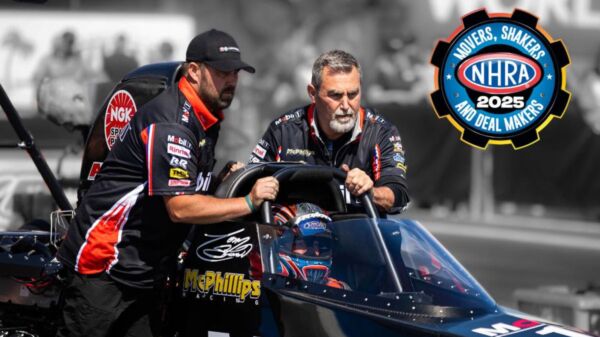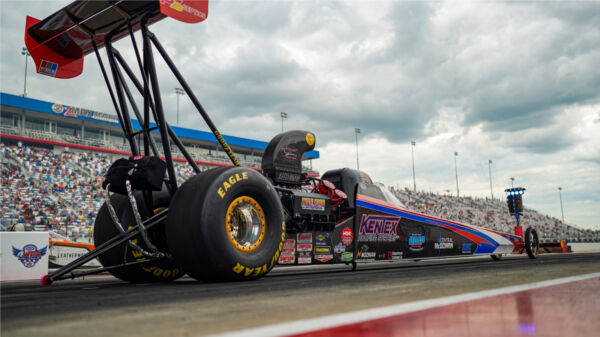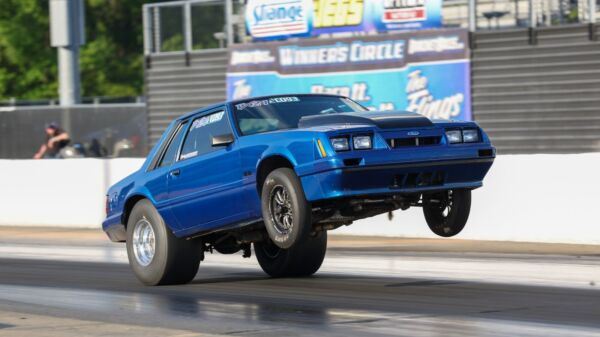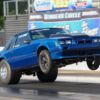Thanksgiving dinner at the Power Adder family table is always awkward. No matter how much the three kids have accomplished over the past year, the conversation always turns to how Blower is a bit of a parasite, and Turbo keeps putting too much pressure on everyone. But the real black sheep is always Nitrous – too cheap, and always wrecking things when he gets a little greedy.
Nitrous gets a bad rep not because of its inherent flaws, but because it’s such an “easy” path to power – or at least it seems. You’d never dream of throwing an 8-71 or a pair of 88mm turbos on an engine with stock internals, and yet the ease of slipping a little bit bigger jets into a nitrous kit often tempts even the most level-headed racer or performance enthusiast who should know better.
With the right parts and the right attitude, though, an engine built for spray can live a long, healthy and happy life, and the recipe starts with the part that sees the most abuse on the bottle – the piston. To find out the specifics of what a slug designed especially for use with nitrous oxide are, we sat down with Nick DiBlasi at Wiseco Pistons.
“A nitrous engine is a very volatile animal. There are extreme loads within an instant, and every part of the piston is designed with that in mind,” he begins. One important aspect of piston selection depends on whether it’s destined for a street/strip engine that will spend most of its life running naturally aspirated, or if it’s slated for a race build that will see nitrous oxide applied more or less all the time.
Defining the Problem
“It all starts with completely understanding the customer’s needs,” DiBlasi continues. “While we have off-the-shelf pistons that are designed for nitrous, there are many customers who are going above and beyond what we call standard. For those customers, we build something custom, exactly to their needs.” That crossover point depends not only on horsepower, but the intended application as well.
“If the customer is requesting to put nitrous on a part that was never intended for nitrous, then we will have to custom make it,” DiBlasi says. “Most of the off-the-shelf parts are intended for naturally aspirated use, so we will have to convert them to a custom piston as it’s a unique situation. Also, if we have a shelf part designed for nitrous where the majority of the market uses a 200-300 shot, but someone wants to use 600 shot, then we will most likely move them to something custom. There is no exact formula, as every application and duty cycle is different. We have seen drift cars use nitrous a lot lately and will want to move those to custom pistons, as the duty cycle is much longer than of a drag racing engine of the same specs.”
Step one in laying out the specifications for a custom nitrous piston is ensuring that the customer isn’t in the market for the proverbial one-ended stick. “Based on the application, duty cycle, and other engine components, we will design our pistons to survive the conditions presented, but there are many cases where the customer is asking for something that simply defies physics,” DiBlasi adds. “One of them that comes to mind is putting a 4-inch stroke in a small-block Chevy with a 6-inch rod. This makes a compression height of 1.000” and simply does not give enough room for the ring lands to live.”
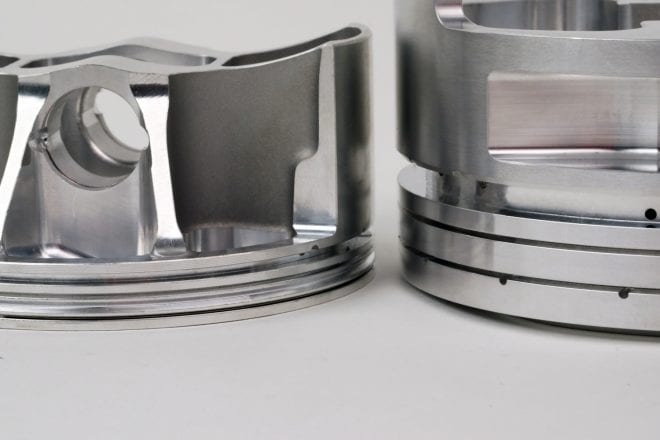
Another characteristic of a nitrous piston design is a thicker-than usual crown to act as a heat sink, as well as special attention to the material thickness around areas like valve relief pockets. Any thin or sharp areas are potential hot spots that can become sources of detonation.
Nitrous Piston Design Considerations
Once the impossible is discarded, what remains is to optimize the piston design for durability and power. Nitrous oxide applies cylinder pressures and temperatures very differently from a naturally aspirated or boosted engine, requiring a matching approach to things like where the ring package is located relative to the crown, the thickness of the crown material, and even the construction of the skirt and pin boss.
“In the design process, we will adjust the ring thicknesses, materials, and lands to match the loads required,” says DiBlasi. “The crown thickness and taper angle of the top land will also be configured for the specific application. The proper pin thickness and length are designed to handle the demands of the engine while making sure the pin bosses have enough pin engagement material.”
The location of the top ring becomes a compromise; while modern factory engine designs tend to place the primary compression ring as close to the crown as possible to reduce crevice volume in order to help emissions, this is less than ideal in a nitrous engine. “The further the top ring is moved down, the more it is protected,” DiBlasi explains. But because a proper ring seal depends on the gas pressure applied to it, he adds, “Moving it too far down will cause a reduction of power and sealing ability.”
One added design feature common in high-performance naturally aspirated pistons is also useful for nitrous pistons. “In racing applications, gas ports can do wonders for sealing. It’s not much different from boosted or high performance N/A. The only thing to watch out for is the premature wearing of rings due to the increased pressure that the face of the ring sees. Modern rings last a very long time, so it’s less of a factor with stainless and carbon steel nitride rings.”
Handling the Heat
Besides providing a compression seal, the top rings also play a critical role in transferring heat from the body of the piston to the cylinder wall, and with the added energy in a nitrous application, this becomes even more important. Both ring material and the ring gap need to be specified with spray in mind.
“We have various ring materials that are popular,” DiBlasi says. “If we are using a 1/16 ring, we have our hardened nitrous series of rings that are available for any shelf or custom piston. We suggest a hardened nitrous series ring, carbon steel nitride ring, or a stainless steel ring for best longevity.”
Another recent trend in piston design has been to move the oil ring down to the point where the groove actually intersects the pin bore. This allows for shorter overall piston height, more room to put the ring package farther down from the crown, or a combination of the two. But is it a good idea for a piston designed for nitrous duty? DiBlasi says yes; “We have great success using oil rail supports to allow the pin to go into the oil ring. Providing the ring lands, crown thickness, and ring material is designed for the application, there should be no difference to the performance if using a rail support or not.”

Because of the additional heat and pressure generated by nitrous oxide, a typical piston designed for that application will move the ring package downward, away from the crown, to protect the top ring while still providing good sealing.
Additional Support
The additional heat and higher cylinder pressure generated by nitrous applications also drive the shape of the piston in other ways, with DiBlasi noting, “Crown thickness, pin length, and pin thickness are all critical to nitrous engines.” The design of the crown must take into account how heat will transfer, especially in regions like the valve pockets where hard edges and thin spots can create potential detonation sources. Overall, the tradeoff between low piston weight and having a sufficient ‘heat sink’ favors the latter factor in a nitrous application.
“Additionally, we want to make sure that the pin is supported as much as possible by widening the pin boss towers,” DiBlasi adds. “This creates the least amount of unsupported area from the pin towers to the rod, limiting flexing.” Obviously, keeping the piston as cylindrical as possible helps the ring seal, as well as reducing friction and wear and promoting heat transfer from the piston to the cylinder wall.
A Choice of Coatings
Wiseco’s proprietary ArmorPlating process, which protects the crown, ring grooves, and pin bores, actually becomes harder when exposed to heat. It’s a metal-based auto catalytic plating that has the precision to accurately cover features as small as gas ports without impeding their function, and it will actually help prevent carbon fouling of the piston top, which eliminates a potential source of detonation, regardless of what kind of engine it’s being used in.
While nitrous has the reputation of being hungry for pistons, we’ve learned that by specifying the right parts that are designed for the unique thermal and physical stresses spray imposes, it’s not impossible to put together a durable, powerful, nitrous combination. Just like any other power adder (or even a high-strung naturally aspirated engine), the secret lies in knowing the limits of the components you’re using, and upgrading where necessary to handle the extra stress.
Story by Paul Haizenga
Photos by Evan Perkins
This story was originally published on September 26, 2018. 
